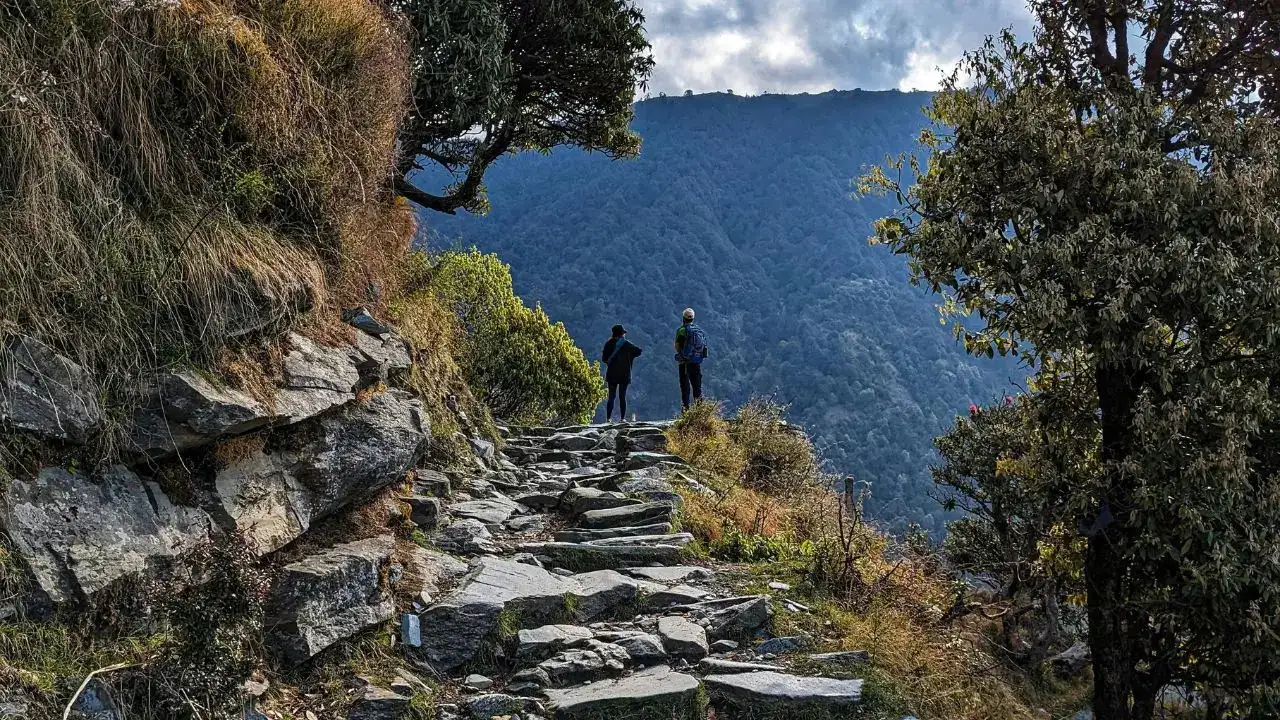World Tourism Day 2025: Move Over Goa & Mumbai; Travellers Are Turning To India’s ‘Hidden Corners’ And Secondary Destinations
By Mallika Bhagat
Copyright timesnownews

If you’re planning a trip in 2025, chances are Goa, Mumbai, or Delhi aren’t at the top of your list anymore. That’s because travellers are finally looking beyond India’s big-ticket hotspots and finding the magic that smaller cities and destinations bring to the table. If Agoda’s latest report is to be believed, searches for secondary destinations in India are growing 15% faster than for the usual top-tier ones compared to last year. It’s a shift that feels perfectly in tune with this year’s World Tourism Day 2025 theme, “Tourism and Sustainable Transformation.” Booking.com’s research reveals that 73% of Indian travellers now prioritise sustainable travel, well above the global average of 42%. For many, that means saying no to crowded places and looking for ways to incorporate eco-friendly travel experiences into their itineraries. Why Overtourism Is Pushing Travellers Off The Beaten PathOver the last few years, I’ve seen it all. Beaches in Goa packed shoulder to shoulder, queues outside Mumbai’s Gateway of India, Shimla/Manali/Mussoorie bursting at the seams in summer and Ooty implementing travel restrictions to curb overcrowding. Overtourism isn’t just spoiling the experience but also straining local communities and resources. That’s why more travellers are asking: Where else can we go? And the answer lies in India’s “hidden corners.” These smaller destinations, such as Turtuk in Ladakh, Chitkul in Himachal, Tawang in Arunachal, and Chikmagalur in Karnataka are suddenly on everyone’s radar. They promise ‘fresh air’ (as opposed to the gas chambers Delhi and Mumbai become come winter), and experiences that feel authentic. Instagram has played a (very) big role too. It takes a few days for the next travel reel to go viral, thanks it parts to how responsive the internet-savvy generation is. In many ways, social media is doing for India’s Tier-2 and Tier-3 cities what glossy brochures once did for Goa and Kerala. The Rise of India’s Tier-2 CitiesIt’s not just the remote villages, small cafes, smaller temples and obscure corners of India that are making waves on the internet. Tier-2 cities in India are becoming serious contenders. These are places like Jaipur, Kochi, Indore, Lucknow, Mysuru, Coimbatore, and Bhubaneswar. They’re big enough to have great hotels and infrastructure, yet small enough to avoid the chaos of metros. Hospitality brands have caught on. Radisson just launched new properties in Indore, Mount Abu, and Sasan Gir, while Taj has opened the gorgeous Taj Ganga Kutir Resort & Spa in Raichak, right on the banks of the Ganga delta. Hotel occupancy in many of these cities is now rivalling metros during peak travel months. This is a clear sign that travellers are ready to skip Goa’s beach crowds for Coimbatore’s wellness retreats. The move to smaller cities isn’t just about avoiding crowds but about travelling with purpose. Indians are now picking eco-friendly hotels, off-peak travel, and immersive cultural experiences that leave a lighter footprint. From farm stays in Coorg to boutique hotels in Kochi, travellers are proving that sustainable tourism doesn’t mean compromising on comfort. Connectivity Is No Longer A ProblemA big reason behind this shift is the UDAN scheme, which has opened up smaller airports and connected 625 routes across 90 airports. Suddenly, getting to places like Darbhanga in Bihar or Shirdi in Maharashtra is as easy as booking a weekend ticket. Airlines like FlyBig are also starting new regional routes, meaning it’s no longer a struggle to plan trips to smaller towns. Plus, new airports are also being developed and inaugurated across India, such as the Hindon Airport in Ghaziabad, Kota-Bundi Airport in Rajasthan, Minicoy Airport in Lakshadweep, Dholera International Airport in Gujarat and the upcoming Jewar Airport near Noida, which promise better connectivity and access to more cities. Can Offbeat Destinations Help Support Sustainability In Tourism?Yes, they can—and in many ways, they already are. By drawing travellers away from India’s most overcrowded hubs, offbeat destinations help ease pressure on fragile infrastructure, local communities, and natural resources. Smaller towns and secondary cities benefit economically while travellers enjoy more authentic, low-key experiences. But there’s a caveat: if unmanaged, these very destinations risk going the way of Meghalaya’s double-decker root bridges or Ladakh’s Pangong Lake, where unchecked footfall has led to overcrowding, litter, and ecological strain. India’s ‘hidden gems’ and ‘Microtourism’ support sustainability only when they grow hand in hand with responsible practices, community involvement and mindful travel choices. Also Read: From Mussoorie To Shimla, The Hills Are Crying: Why Locals Don’t Want Tourists In Their Towns Anymore Travel News – Find latest news and tips based on Indian and World travel including top 10 travel destination, tourism information, how to reach visit and more at Times Now.



